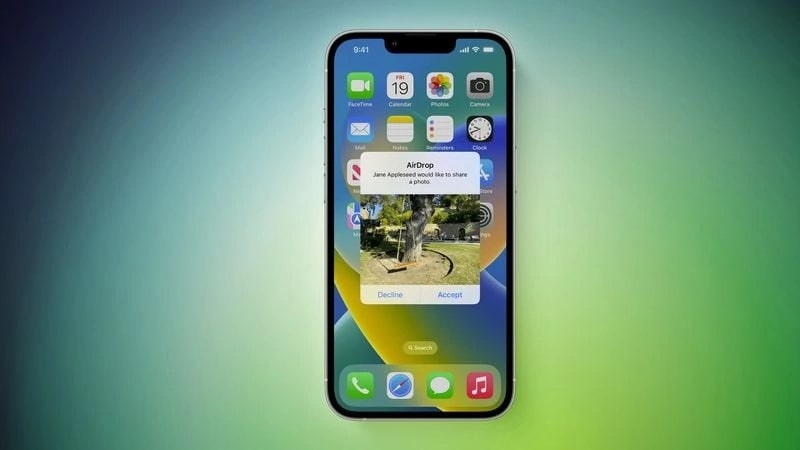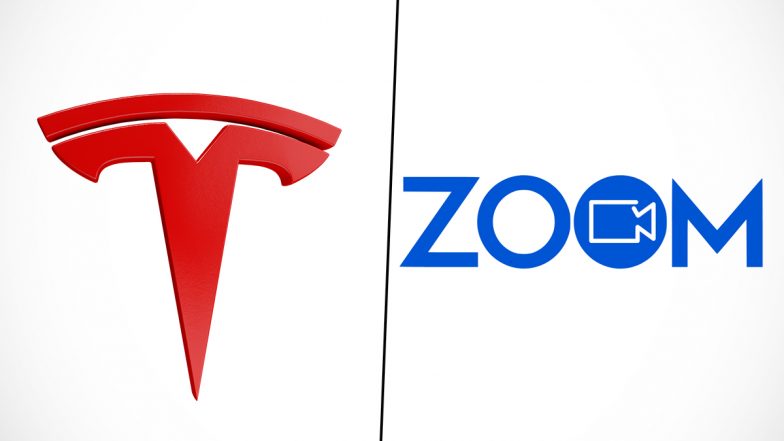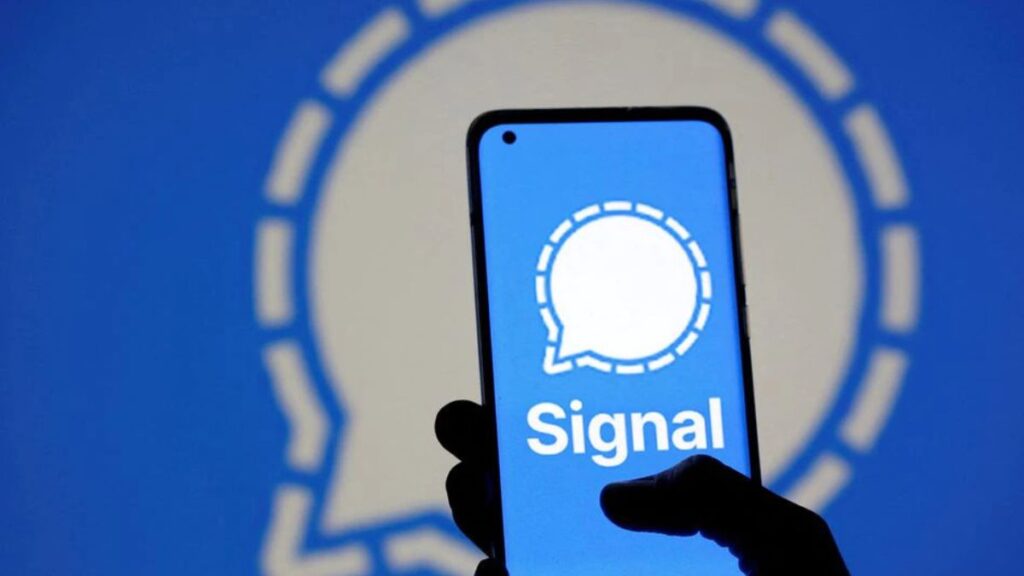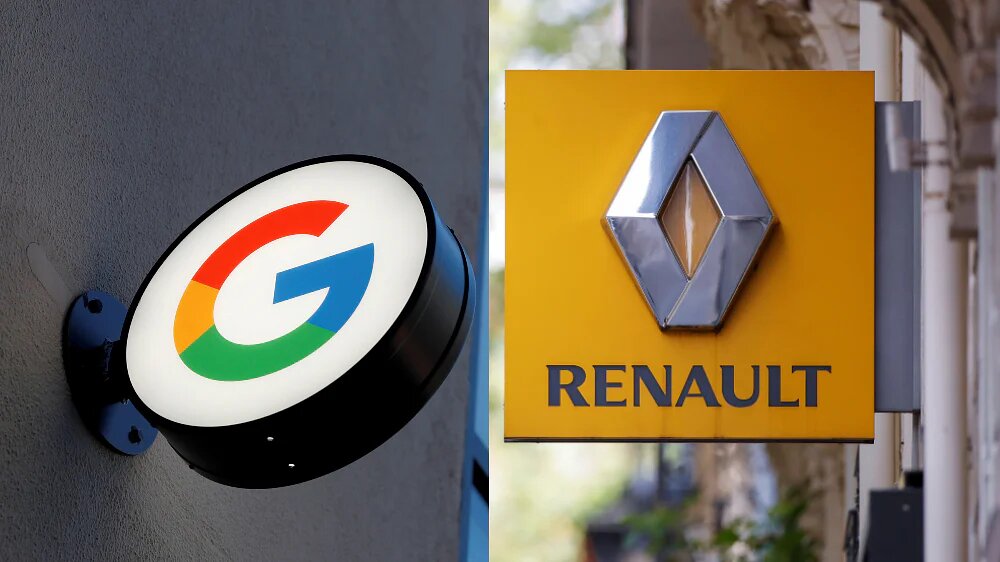Coinbase to lay off more employees amid FTX saga
Leading cryptocurrency exchange Coinbase will shortly announce more layoffs as the industry faces yet another existential threat following the FTX collapse.

According to recent reports, the present crisis in the cryptocurrency market led Coinbase, one of the biggest crypto platforms, to lay off 60 of its employees. Alesia Haas, CFO, referred to the modifications as “surgical” measures meant to save costs amid trying times.
According to The Information, Coinbase is expected to lay off about 60 employees from its recruitment and institutional induction teams. The layoffs were communicated internally. The layoffs will occur at a time when the cryptocurrency market as a whole is in disarray as a result of the ongoing FTX controversy, which has spooked investors and further depressed cryptocurrency valuations.
Though they are not nearly as astounding as Meta’s decision to lay off over 11,000 employees recently, Coinbase’s most recent series of layoffs is an indication that the crypto exchange may be attempting to cut expenses in the continuing bear market. Nevertheless, this development barely changes the picture of a week that has been filled with terrible news for the cryptocurrency industry.
According to reports, Coinbase had already attempted to minimize costs before the FTX issues as dropping cryptocurrency trading volumes were harming this year’s profitability. Due to the economic slump, the cryptocurrency exchange company stated in June that it will be cutting 1,100 employees or 18% of its workforce.
As the value of Bitcoin and other cryptocurrencies continues to fall, the crash of the FTX cryptocurrency exchange has now brought about yet another wave of threats to the whole crypto industry.
When bitcoin was trading last week at over $21,500 and the market cap was over $1 billion, the cryptocurrency winter, which is expected to linger for the majority of 2022, appeared to have eased its hold. Hopes that a new bull run is about to begin, however, were dashed by FTX’s collapse this week.
At one point, the value of the cryptocurrency market fell below $850 billion, with bitcoin falling to a two-year low of about $15,500.
According to statistics from Nomics, transaction volume on Coinbase fell by over 75% in the hours after FTX announced its bankruptcy early on Friday. This is an indication that the company is starting to feel the pain of crypto investors pulling out of the increasingly unpredictable cryptocurrency market.
The majority of Coinbase’s user base, which consists primarily of newer investors who don’t trade frequently, generates 90% of the exchange’s revenue from the sizeable transaction fees it charges. Because of this revenue model, the company must constantly add new users in order to maintain its user base. Onboarding new users, however, could be challenging given that FTX’s collapse has undermined investor sentiment in the digital asset sector.
The price of cryptocurrencies plummeted this year as a result of rising interest rates and growing concerns about an economic slowdown, wiping out important firms like Three Arrows Capital, Celsius Network, and Voyager Digital. But once FTX started to show early signs of trouble, digital assets took a heavier hit.
FTX, which has a history of saving failing crypto companies, is considering its options in light of a liquidity crisis and is currently under investigation by US regulators for its management of customer cash and its crypto-lending activities.

I am a law graduate from NLU Lucknow. I have a flair for creative writing and hence in my free time work as a freelance content writer.





